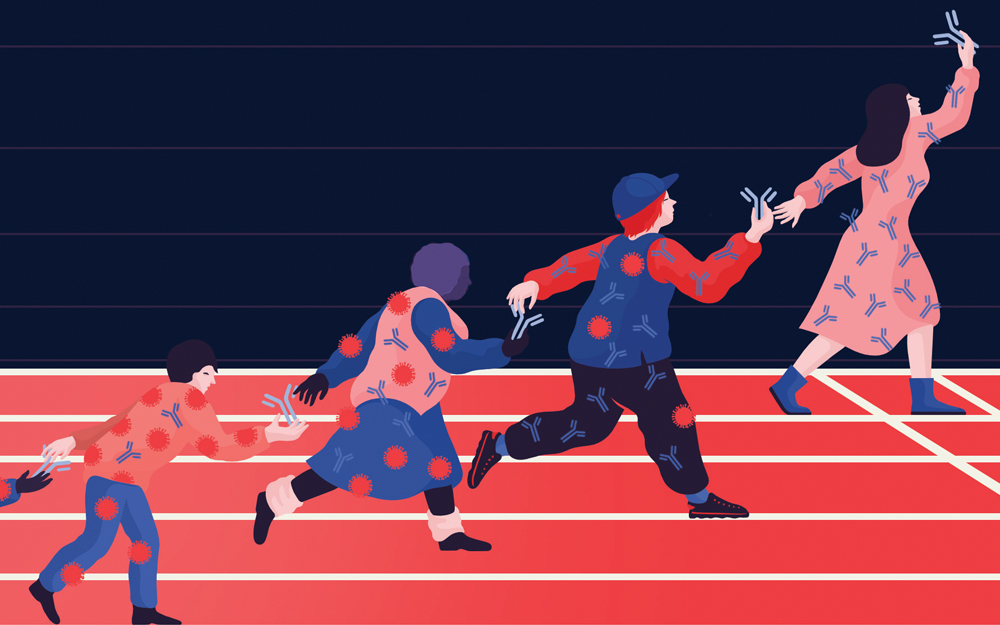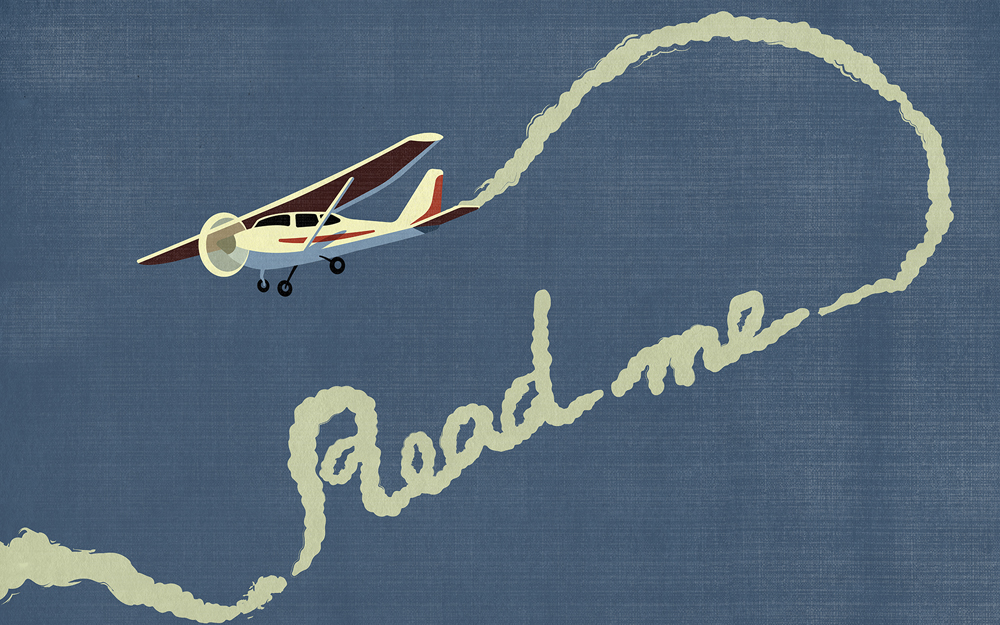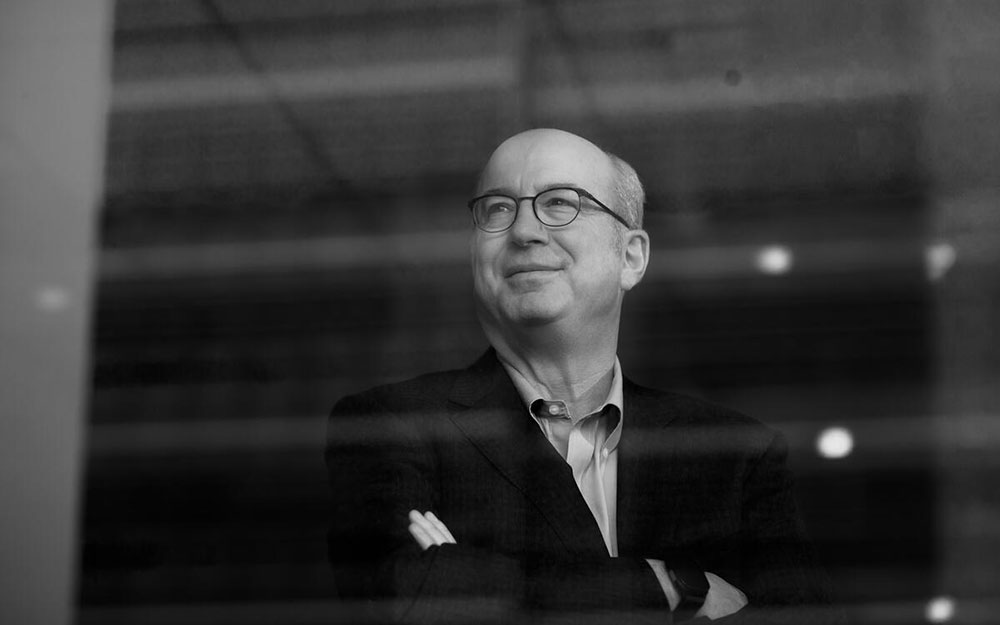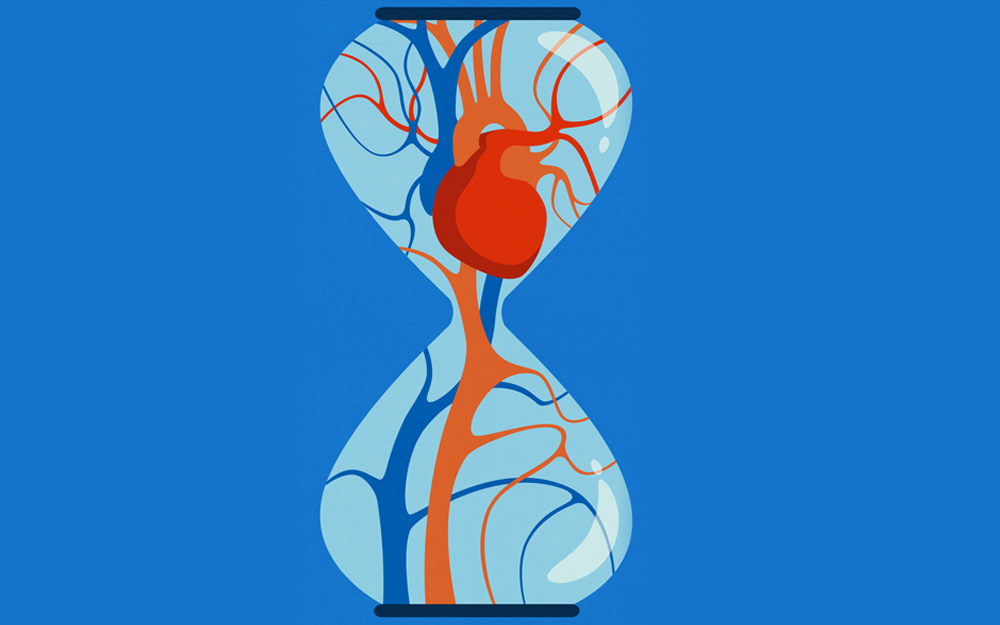Medical providers featured in this article
In Brief
{{cta-block}}
After a crippling fall, the Cedars-Sinai/USC Kaufman Dance Medicine Center helped aerialist Kerry Wee get back on her feet.
It was the biggest gig of her life.
Glendale dancer/aerialist Kerry Wee was about to embark on an international tour with Taylor Swift in 2011. Wee had been dancing professionally for nearly 15 years, but the stakes had never been higher.
She pushed herself to the point of exhaustion during 12-hour rehearsals in Nashville, Tennessee—dancing 14 feet in the air without a net.
With the right technique, she felt safe up there. But while rehearsing one afternoon, she lost her focus, slipped out of the apparatus that held her graceful body like a sling and fell on her left leg with such force that her fibula broke through the skin.
During emergency surgery, doctors inserted 17 pins and screws in her lower leg. Wee awoke to the fear that her career was over at age 34.
But shortly after she returned home, she discovered an intriguing collaboration at Cedars-Sinai—a program that brings together dance professionals and medical experts to help injured dancers get back on their feet.
The Cedars-Sinai/USC Glorya Kaufman Dance Medicine Center was the first program of its kind in Los Angeles when it was established in 2007. It’s co-directed by Glenn Pfeffer, MD, director of the Foot and Ankle Surgery Program at Cedars-Sinai, and Margo Apostolos, PhD, associate professor of dance at the USC Glorya Kaufman School of Dance. Apostolos serves as a liaison between patients and experts in sports medicine, orthopaedics, surgery and physical therapy. The program has helped thousands of dancers get back on pointe since its creation.
During two years of treatment, two more surgeries—including one to remove all those pins and screws—and grueling physical therapy, no one ever suggested that Wee would not be able to dance again.
As a dancer herself, Apostolos understood the path to recovery. "I’d tell her what steps were really hard for me, and we’d discuss the types of exercise I’d need to do to get those movements back," Wee recalls.
One of her biggest challenges was not being able to point her big toe. "That alone could end a dance career," she says.
Orthopaedic specialists analyzed the problem and recommended intensive physical therapy. "I had to wiggle my toe and flex my foot hundreds of thousands of times to get my nerves to fire," Wee says. "But it worked."
She made her comeback on a Mötley Crüe tour in 2013 and danced for six years before going on a welcome hiatus in October 2019 to give birth to her first child. She still performs, and also teaches aerial arts and Pilates.
"All this would not have been possible without the great team at Cedars-Sinai," she says. "They went above and beyond to get me where I wanted to be."






